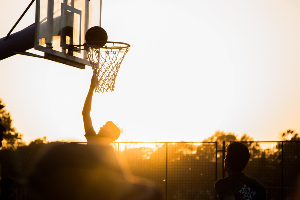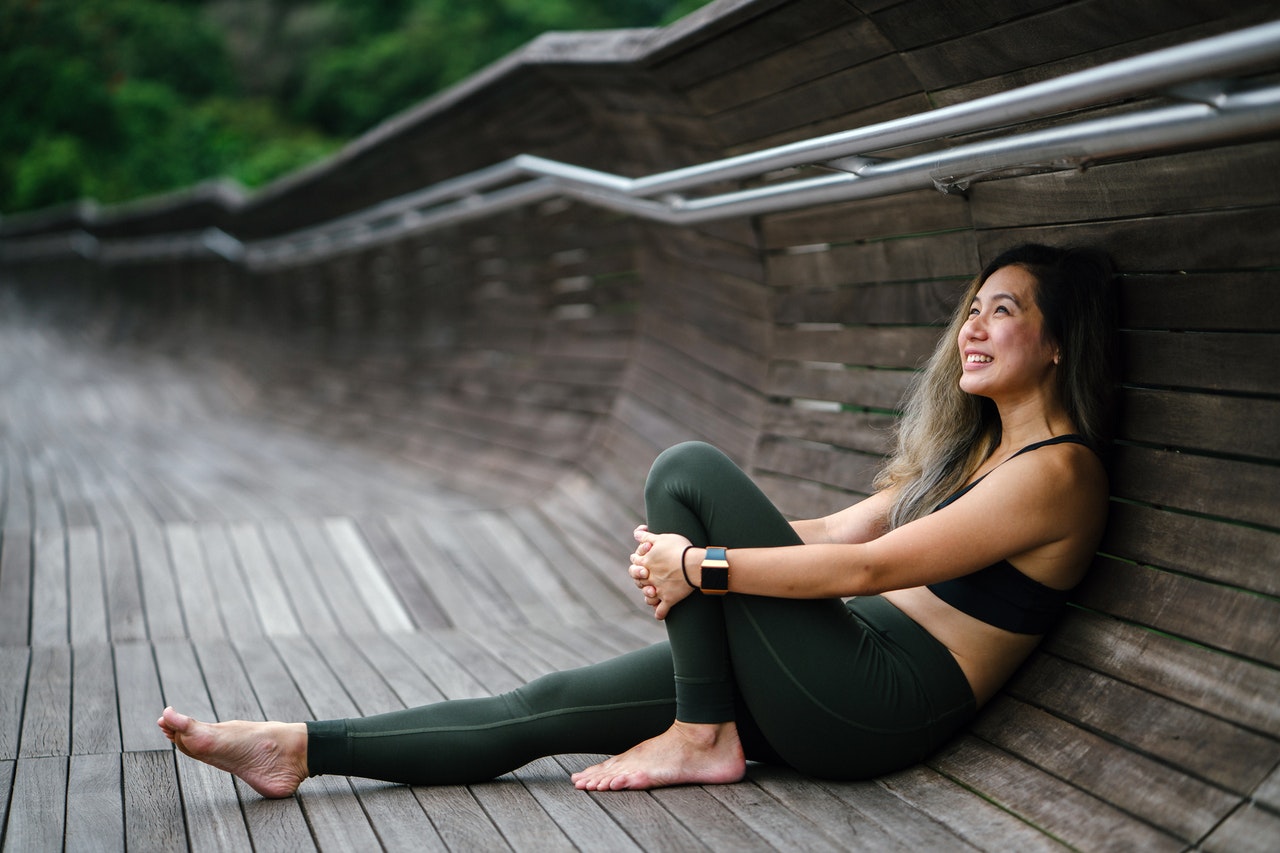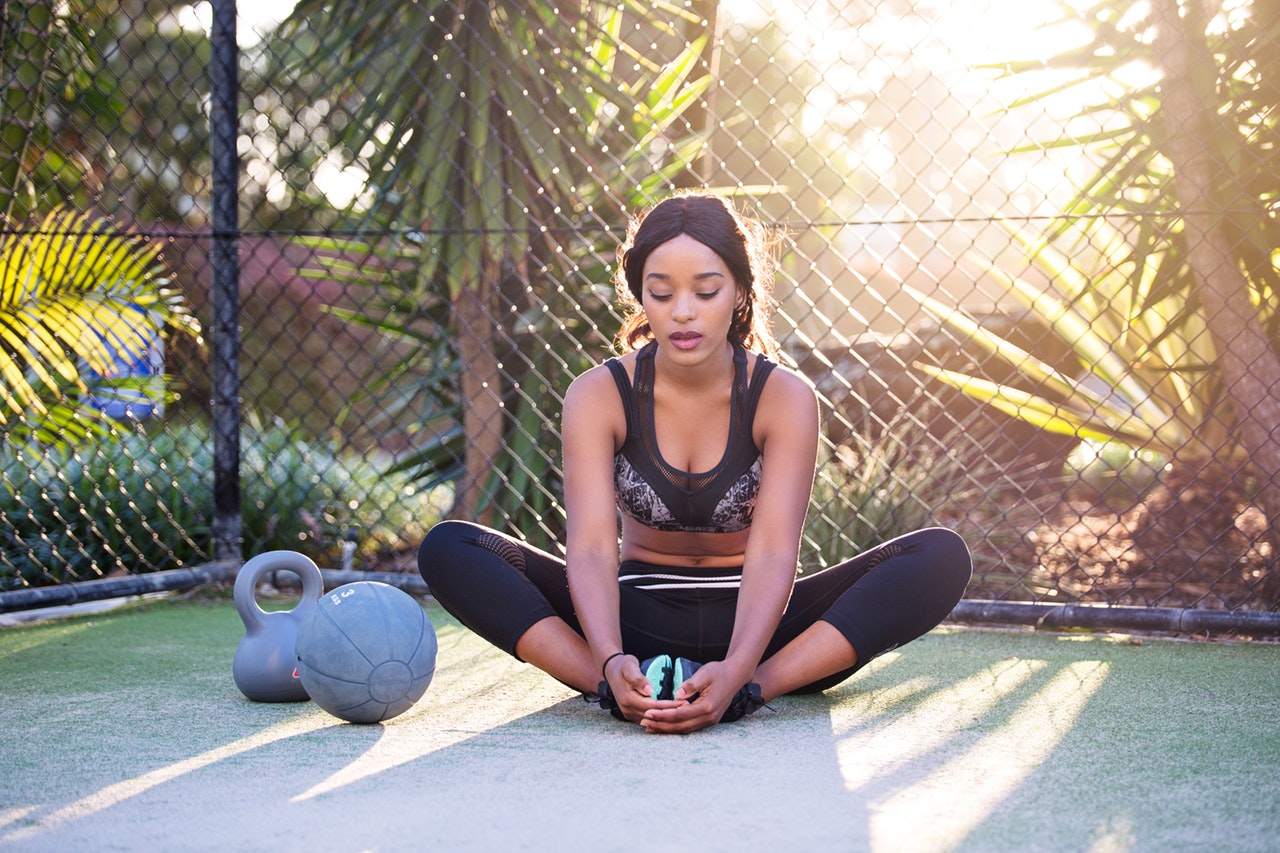Style and performance go hand in hand. Many clubs and schools now choose customisable basketball jerseys that reflect their unique colours, designs, and pride. At the same time, sublimated basketball uniforms have become a favourite for their vibrant appearance and lasting prints that stay sharp throughout the season. Both options highlight just how far the look and feel of the sport have advanced.
A team jersey is more than stitched fabric—it’s a symbol of identity and unity. When players step onto the court, their attire sends a message long before the first whistle. Once just a tool for separation, it is now a medium for creativity, innovation, and cultural storytelling.
The evolution of materials has played a significant role. Early kits were heavy, uncomfortable, and poor at handling sweat. Modern designs, by contrast, use lightweight, breathable fabrics that move with the player and keep them cool. With improved comfort, athletes can focus on their performance rather than distractions from their gear.
The visual impact has also grown in importance. Teams no longer settle for plain block colours or basic lettering. Advances in printing allow for bold patterns, dynamic gradients, and striking graphics. Jerseys today resemble wearable art, giving both players and fans a powerful connection to the spirit of the game.
Sublimation has revolutionised design possibilities. Because the ink becomes part of the fabric, colours stay vibrant and logos never peel or crack. Teams benefit from a consistent look that lasts all season, reinforcing their identity every time they play. This durability has set a new standard for both professional and community teams.
Customisation adds another layer of meaning. Every element—from fonts and trims to side panels and hidden details—can be tailored to a team’s story. Inspirational words printed inside collars, unique number styles, or creative colour combinations all give players a sense of pride. These details help schools, clubs, and local groups stand out, while strengthening bonds between athletes and supporters.

Fit and freedom of movement are just as important. Loose gear can affect speed and agility, while tight cuts restrict flexibility. Today’s attire offers balance: stretch fabrics, ergonomic shaping, and adjustable shorts that allow players to sprint, jump, and pivot without constraint. This attention to detail ensures that performance never takes a back seat to style.
The impact of a jersey extends far beyond the court. For fans, wearing a replica is a way to show loyalty and belong to something bigger. Supporters bring team colours into the stands, creating unity between athletes and their community. In this way, jerseys carry cultural meaning that transcends the game itself.
Inclusivity has also shaped design trends. Modern kits are created to fit a wide range of body types, accommodating male, female, and junior athletes. This ensures that every player feels confident and valued in their team’s attire, reinforcing the idea that identity belongs to everyone who wears it.
Durability remains a practical necessity. Basketball demands clothing that can withstand constant motion, stretching, and repeated washing. Reinforced stitching and resilient fabrics help apparel remain intact and professional-looking over time. Teams save resources while maintaining their image throughout the season.
Style also has a psychological effect. Walking into a stadium in coordinated, eye-catching attire can lift team morale and intimidate opponents. The look of unity and professionalism provides a mental boost before the game even starts, offering a subtle but real competitive edge.
In recent years, sustainability has begun shaping design choices too. Eco-friendly fabrics made from recycled materials are now finding their way into sports kits, combining environmental responsibility with high performance. This reflects a broader cultural shift, showing that teams care not only about winning but also about their values.
Ultimately, the development of basketball attire is about much more than function. Each jersey tells a story—celebrating heritage, honouring mascots, or symbolising new chapters in a club’s journey. From grassroots leagues to professional competition, the jersey remains the emblem of team pride.
Looking at the game today, it’s clear that players want more than practicality. They want apparel that performs, lasts, and makes them proud to represent their team. Through customisation, sublimation, and thoughtful design, modern jerseys achieve that balance. They are more than clothing—they are statements of identity, ambition, and unity carried into every game.








 number saved so that the butler literally is only a telephone call away from being at service to their guests.
number saved so that the butler literally is only a telephone call away from being at service to their guests.





 Cross-country skiing can be an all-body workout, involving trekking and skiing. It is a winter activity and may not be for everyone but is a great exercise if you are up for a challenge. Each motion incorporates the shoulders, chest, back, core and legs, resulting in the capability to burn about 600 to 900 calories per hour. Consider learning from an instructor, which includes an all-inclusive
Cross-country skiing can be an all-body workout, involving trekking and skiing. It is a winter activity and may not be for everyone but is a great exercise if you are up for a challenge. Each motion incorporates the shoulders, chest, back, core and legs, resulting in the capability to burn about 600 to 900 calories per hour. Consider learning from an instructor, which includes an all-inclusive 








 Mauna Kea Beach Hotel is also home to an award-winning golf course. Added hotel activities include a tennis court with a nearby tennis store much like the Prelli tennis shop back home, beach club, yoga sessions, bocce ball courts, and indulgent treatments at The Mauna Kea Spa by Mandara. In general, I found the extensive assortment of amenities and outdoor sports and activities of Mauna Kea Beach Hotel, especially the extended tennis racquet restringing service, to be of high caliber and with such attentive service, I was pleasantly overwhelmed by the options
Mauna Kea Beach Hotel is also home to an award-winning golf course. Added hotel activities include a tennis court with a nearby tennis store much like the Prelli tennis shop back home, beach club, yoga sessions, bocce ball courts, and indulgent treatments at The Mauna Kea Spa by Mandara. In general, I found the extensive assortment of amenities and outdoor sports and activities of Mauna Kea Beach Hotel, especially the extended tennis racquet restringing service, to be of high caliber and with such attentive service, I was pleasantly overwhelmed by the options
 And that is exactly how she likes it. After years in the corporate world, Rossworm was ready for a change. She found what she was looking for right in her backyard, she realised, as she had food with her friend in Melbourne, Australia at a
And that is exactly how she likes it. After years in the corporate world, Rossworm was ready for a change. She found what she was looking for right in her backyard, she realised, as she had food with her friend in Melbourne, Australia at a  She believes that she was looking for a way to combine everything she loves. Coming from a corporate environment she realized that she just didn’t care and wanted to do something interesting, as she was coming into my 40s. Mother of two adolescents, who has lived in the Okanagan for 13 years, said she’d rather be poor and happy than well off and unhappy. She worked for a variety of corporations and she didn’t fit in. She liked wine, and she began her WSET (Wine Spirits Education Trust). Besides, it would be harmful to her health if she drank daily. So how did she join the wine sector without drinking all day? Become a tour guide.
She believes that she was looking for a way to combine everything she loves. Coming from a corporate environment she realized that she just didn’t care and wanted to do something interesting, as she was coming into my 40s. Mother of two adolescents, who has lived in the Okanagan for 13 years, said she’d rather be poor and happy than well off and unhappy. She worked for a variety of corporations and she didn’t fit in. She liked wine, and she began her WSET (Wine Spirits Education Trust). Besides, it would be harmful to her health if she drank daily. So how did she join the wine sector without drinking all day? Become a tour guide.